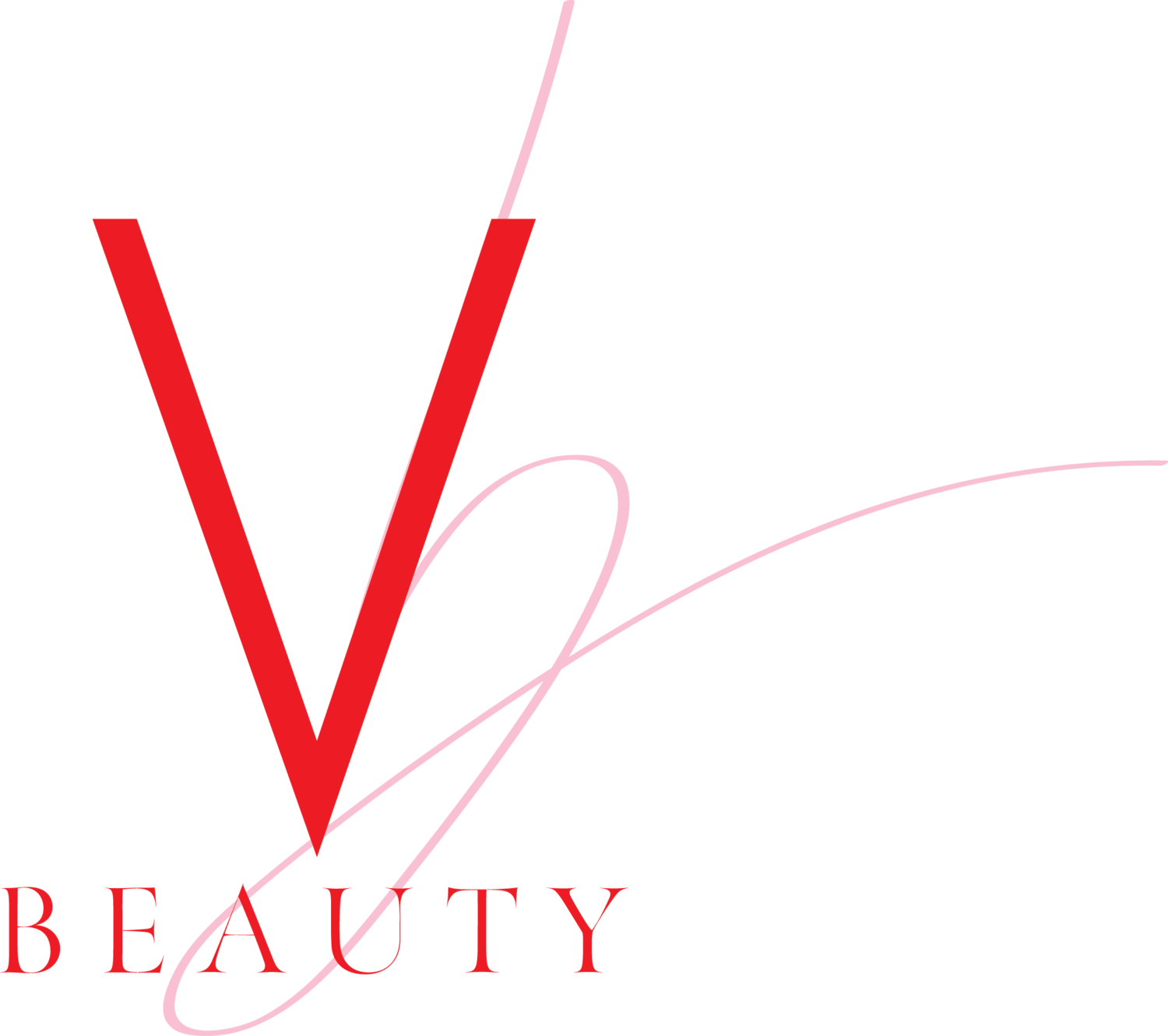Why I swapped ashtanga primary series for the moon sequence
The camel pose
If you’re even remotely into yoga then you would’ve heard about the intensive primary series, which is not primary at all. It’s a series of 56 poses that need to be done continuously, matching each movement with an inhale or an exhale. If you do the primary series correctly then you will not waste a single breath, you will not take a break in between poses to catch your breath. It’s a series of inhale as you move up and exhale as you move down, from one movement to the other, on and on you go. All the while you have to keep your stomach and pelvis slightly compressed to get those light, fluid transitions that ashtangis are known for.
There was a time that I loved the series, part of me (my ego), is still attracted to the challenge that it poses. I would never skip a vinyasa and took special pride in lifting up into the complicated arm balances that are part of the series. Lately though my body is giving me all the signals to stop. We all know by now that I have grade IV endometriosis. Every time I practice the primary series regularly I have a bout of severe pain and hospitalisation. Now perhaps I could be the only case in the world where yoga has worked sort of detrimentally, but I really feel that I am much better when I’m not doing it. And after the last bit of hospitalisation, I have decided to give it up altogether. Perhaps I will do it once a week when I’m better, but it’s not my to-do list anymore.
Think about it - if you’ve done the series then you know how much heat it produces, especially if you do it by counting each breath and holding on the bandha (abdomen lock), which I did. Then every arm balance, and vinyasa with the jump back and jump through requires that you compress your abdomen. How will you get that lift if you don’t engage your core? Lastly there are all those forward folds - more compression of the abdomen and pelvis. This sort of constant compression, heat and bandhas are perhaps not the best for women who have gynaecological problems. Also, if you have endometriosis then you know that you are often balled up in pain. What you need is to open the front of the body, release those hips and that hunched-up chest, and for that nothing is better than the moon sequence.
The moon sequence was devised by Australian yoga master Matthew Sweeney especially for his female students. It is the opposite of the primary series: If the primary is all about forward folds then this is about back bends (opening the front of the body). If you give a 120% percent in the primary series then you only give about 80% in the moon sequence. In the primary series you start with the right leg first but in the moon sequence you start with the left leg, meaning your passive, more feminine side. The primary series is more sun based with the surya namaskaras, the moon sequence begins with chandra namaskaras. But that’s not to say the MS is easy. Each chandra namaskar ends with the camel pose, which used to be my nemesis at one point. Then there are the repeated crescent moons in the chandra namaskara B, which can be a bit taxing on the knees. The series culminates into the reclining hero pose where you sit with your knees folded and lying back on your back. So as you can see this sequence is all about opening the front of your hips and your chest, which is SO good for women.
Even the rhythm of the sequence is more enjoyable. Because there are no jump back and jump throughs you can focus more on your breath, making the series extremely meditative. Unfortunately these days we consider yoga to be all about what we can do in terms of handstands, full splits etc. But actually yoga should be about disconnecting with the outside and connecting with your breath. It should be about finding that meditative space. And it should make you feel energised, instead of spent, after a sequence. And in that regard, nothing beats the moon sequence.
The moon sequence is taught at The Yoga Studio in Delhi on every Thursday at 7pm and Fridays at 8am.

